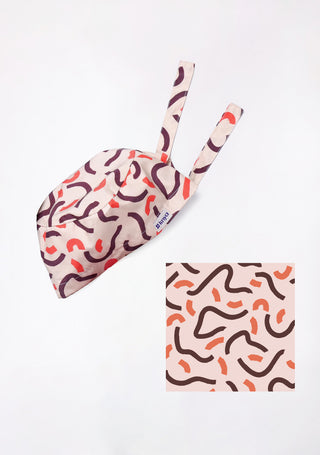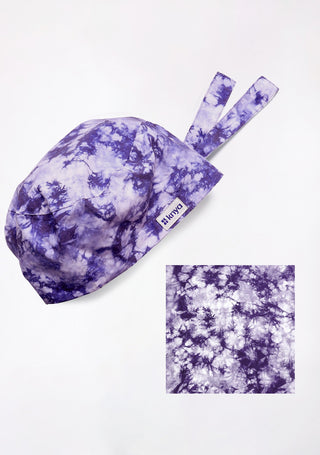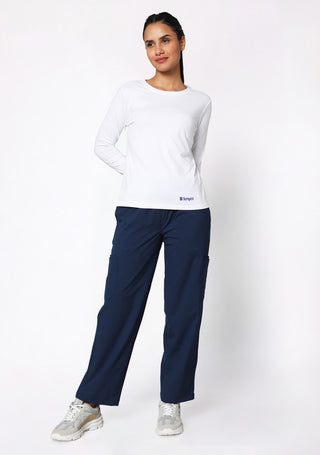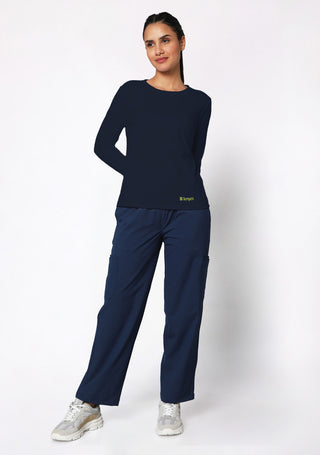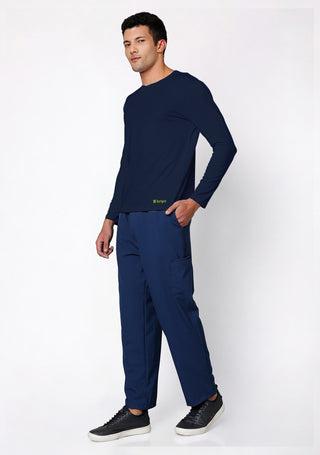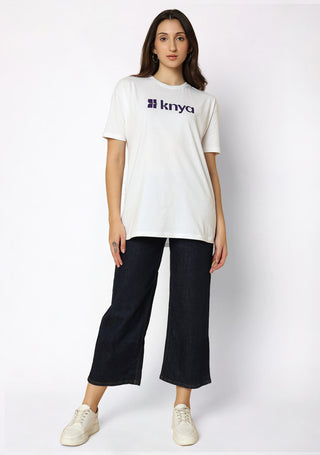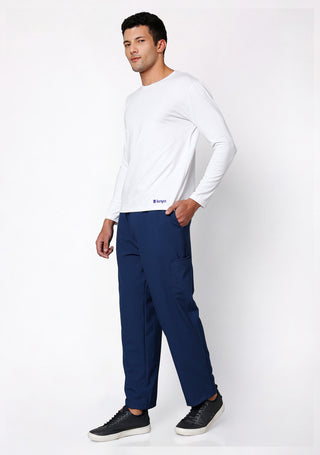The choice to have nurses wear scrubs is rooted in several practical and essential considerations. From providing protection for both healthcare workers and patients, to promoting easy identification, comfort, and affordability, scrubs serve multiple purposes that enhance the quality of care in healthcare settings. As healthcare continues to evolve, scrubs will remain a staple in the professional attire of nurses, ensuring that these essential workers are equipped with the necessary tools to perform their duties effectively and safely. In doing so, scrubs not only help maintain the hygiene and safety of the healthcare environment but also contribute to a sense of professionalism and unity among healthcare teams.
Click here to explore comfortable lab coats and discover our complete collection of comfortable and stylish medical apparel
Protection for Nurses and Patients
One of the most important reasons nurses wear scrubs is to ensure both their own protection and that of the patients they care for. Healthcare settings, particularly hospitals, are environments where nurses are exposed to a wide range of biological hazards, such as bodily fluids, bloodborne pathogens, and infectious agents. Scrubs are made from materials that are easy to clean and provide a protective barrier between these harmful substances and the skin of healthcare workers.
- The protective function of scrubs extends beyond safeguarding nurses themselves. By wearing scrubs, nurses help prevent the transmission of infections between patients and staff.
- Scrubs are designed to be worn only within the clinical setting, which reduces the chances of contaminants being carried from the hospital environment into the community.
- Hospitals typically require nurses and other healthcare professionals to change into scrubs upon arrival to work and change out of them before leaving, minimizing the risk of cross-contamination.
Identification for Staff and Patients
Scrubs provide a clear and recognizable way to identify healthcare workers, which is essential for both patient safety and efficient healthcare delivery. Different colors and styles of scrubs can often be used to differentiate between various roles and departments within the healthcare system. For instance, nurses may wear a standard set of scrubs, while doctors may wear a different color or style to easily distinguish their roles within a busy hospital or clinic.
- For patients, recognizing the uniforms of healthcare professionals helps to create a sense of order and familiarity in what can often be an overwhelming and stressful environment.
- When patients are in a hospital, they may feel anxious or confused about who is responsible for their care. Scrubs allow patients and their families to quickly identify nurses, doctors, and other healthcare providers. This simple yet effective identification system contributes to smoother communication, as patients know whom to approach for help and assistance.
- Moreover, color-coded scrubs help streamline communication within healthcare teams. Nurses, doctors, and support staff can easily identify each other, which facilitates quicker responses and more efficient teamwork. For instance, a nurse might wear blue scrubs while a surgeon wears green, making it clear to everyone which professional is involved in the patient's care at any given moment.
Ready to explore our amazing scrubs collection? Browse the best here
Comfort and Ease of Movement
Healthcare professionals work long shifts and often have physically demanding tasks that require them to move quickly and efficiently. Scrubs are designed with comfort in mind, providing nurses with the flexibility and freedom they need to perform their duties without restriction. Unlike more formal uniforms, scrubs are typically loose-fitting and made from soft, breathable fabrics that allow for a wide range of motion.
- One of the most notable benefits of scrubs is their lightweight nature. Nurses need to move between patients, perform procedures, or respond to emergencies quickly, often in environments that are fast-paced and stressful. Scrubs are designed to facilitate ease of movement, whether it's bending, reaching, or walking long distances.
- The loose design allows nurses to stretch and move freely, making it much easier to carry out their duties.
Quality and Affordability
While scrubs must meet specific functional and professional standards, they also need to be affordable for healthcare institutions and individual nurses. Scrubs are made from durable fabrics that can withstand frequent washing and heavy use. These materials are designed to be long-lasting, helping to reduce the need for constant replacements, which is particularly important in an industry where budget constraints are common.
- The cost-effectiveness of scrubs benefits both healthcare employers and the workers themselves. Hospitals and clinics need uniforms that can endure regular laundering without deteriorating quickly, which makes scrubs an affordable option for large healthcare facilities.
- Scrubs are often produced in bulk, which further reduces their cost, making them an accessible choice for healthcare institutions looking to outfit staff without spending excessively.
- For nurses, affordability is crucial, as many of them must purchase their own uniforms. Scrubs are generally more affordable compared to other types of workwear, allowing nurses to purchase multiple sets without placing a strain on their finances. This is particularly important for nurses who work full-time and require multiple sets of scrubs to rotate throughout the week.


